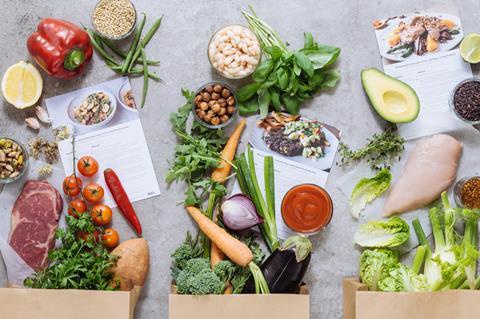
Fifteen years ago, US psychologist Barry Schwartz wrote The Paradox of Choice. He described the curse of having too many options. Eliminating choice for consumers, he suggested, would greatly reduce shopper anxiety. Little has changed, insofar as choice continues to have the potential to overwhelm. But help is at hand in the form of digital.
I was fortunate to go to the National Convenience Show in Birmingham recently and also had the opportunity to speak at the Association of Convenience Stores annual summit. A big takeaway for me from these events was that convenience is a very personal thing, meaning different things to different people.
For example, Kantar data shows that shopping missions are leaning towards convenience and focusing on specific needs, such as replenishment. This is borne out in search results with significant growth in ‘opening times’, ‘supermarket near me’ and ‘open now’ in the grocery sector. There is a clear opportunity for technology to lend a hand.
Others want speed: Starbucks mobile pre-order and pay now facility has been responsible for 13% of company revenue in the US. There’s nothing more convenient than ordering ahead, skipping the queue and picking up from the counter. Scan & go is being tested heavily in the multiples and what the handheld devices lose in personability, they make up for in convenience.
Whether it’s a sign of our dwindling relationship with the recipe book, a desire for a nutrition nanny or downright laziness, there’s no denying that the ready-to-eat and assemble food delivery business is booming. Just Eat fulfilled 220 million takeaway orders in 2018 while Gousto, Hello Fresh, Mindful Chef et al delivery boxes are popping up on doorsteps across the nation.
Opinion: Grocery sector needs to slice and sell assets to be fit for the future
Convenience with a dash of social responsibility is also creeping in, with the humble milkman also seeing sales rise dramatically. Milk & More had 7,000 new customers in a single month as consumers eschewed plastic in favour of glass bottles. Milk & More also delivers a range of household goods from cheese to compost and orders can be changed up to 9pm the day before delivery. In some cases, that’s a mere four hours before products arrive.
What does this mean for the traditional convenience store? There is nothing to suggest that doorstep delivery or swipe & go will speed its demise but to stay relevant, it needs to adapt by making the most of digital tools.
First, there’s making the most of data trends. Even without self-checkout handsets, there is a wealth of information available to store owners from the information shoppers choose to share to wider analysis from Google Trends.
This can help inform your next step, which is to enhance your online presence. Even when shopping in the ‘real’ world, the first place customers look is their mobile. That means your digital storefront is as important as your physical one, so it needs to be up to date, brimming with information, photos and reviews. And don’t forget that when you advertise, localise. Spend online needs to show consumers their nearest offline option.
Technology and digital experiences don’t eliminate choice – autonomy and freedom of choice are still very important, as Schwartz insists – but they do help us cut through choice, organise information and deliver that all-important convenience to the consumer.








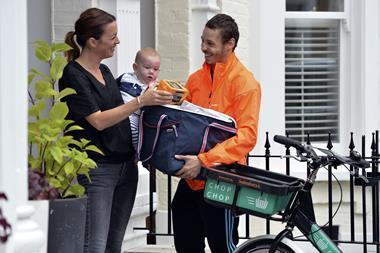


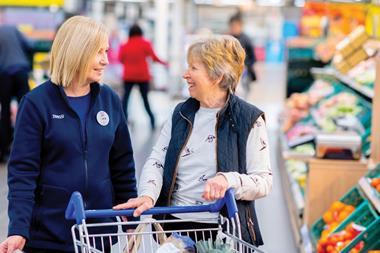
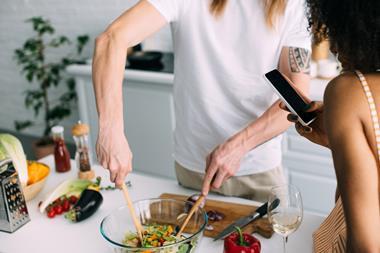

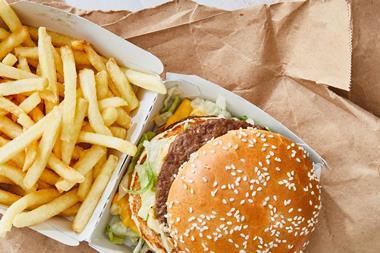




No comments yet